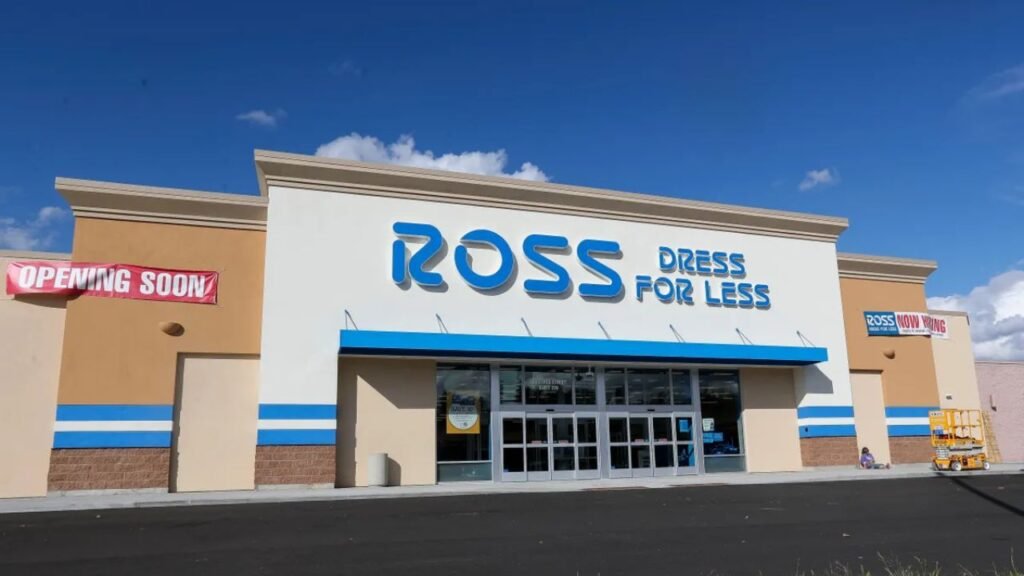Ross Stores, the popular discount retailer, has announced that it will be testing price increases across certain locations as it navigates the financial impact of tariffs introduced under President Donald Trump’s trade policies. While the company remains committed to delivering value to its customers, executives say that some adjustments in pricing are unavoidable to maintain profitability.
Price Adjustments to Offset Tariff Costs
During the company’s August 21 earnings call, CEO James Conroy highlighted that Ross has been working hard to reduce the effect of rising tariff-related expenses. However, Chief Operating Officer Michael Hartshorn acknowledged that raising prices in select markets might be necessary. According to Hartshorn, pricing decisions will be evaluated region by region, allowing the company to monitor customer reactions and adjust its strategy accordingly.
The retail chain’s decision mirrors similar moves by other companies, such as Shein and Temu, which are also grappling with tariff changes. Analysts warn that consumers could soon see noticeable price increases on a wide range of low-cost imported goods, especially with a key trade loophole expiring on August 29.
Expansion Plans Remain on Track
Despite the financial challenges, Ross is continuing with its aggressive growth strategy. The company recently opened 31 new stores and plans to launch approximately 90 locations by the end of the year 80 under the Ross Dress for Less brand and 10 as DD’s Discounts. The retailer also intends to close or relocate 10 to 15 older stores as part of its regular optimization process.
Earlier this year, Ross opened 16 Ross Dress for Less stores and three DD’s Discounts across multiple states. Executives emphasized that expansion remains a priority as the company seeks to strengthen its presence and serve more value-conscious shoppers across the country.
Focus on Value Amid Changing Costs

Ross has built its reputation on offering quality, branded products at affordable prices, and executives say that commitment remains unchanged. For the upcoming fall season, the company plans to keep its assortments sharply focused on providing strong value compared to traditional retailers. This strategy is aimed at reinforcing Ross’s appeal to shoppers even as some prices see minor adjustments.
During the May earnings call, Hartshorn noted that raising prices is a strategic step to absorb higher costs, ensuring the company can maintain margins without drastically compromising on value.
Earnings Show Steady Growth
The company’s second-quarter earnings report reflected mixed results. Comparable store sales grew by 2% year-over-year, while in-store visits rose by 5.8%. This growth was particularly noticeable during the early stages of the back-to-school season, indicating strong customer demand.
Sales growth was fueled by increased traffic and larger basket sizes, though the company noted that prices were only “slightly” higher due to the mix of merchandise sold.
Tariffs Impacting Operating Income
Despite the encouraging sales numbers, Ross’s operating income fell by about 3% compared to last year, largely due to tariff-related expenses. Still, the company expressed optimism, pointing out that tariff costs during the quarter were lower than initially expected and are projected to moderate further through the remainder of the year.
Balancing Growth and Customer Loyalty
Ross executives acknowledge that testing higher prices carries some risk, but they believe the retailer’s focus on value will keep customers loyal. By carefully monitoring customer responses and maintaining competitive price points, the company hopes to navigate the evolving trade environment without losing the trust of its core shoppers.
As Ross balances expansion with external economic pressures, its strategy underscores a commitment to growth while continuing to offer the affordability that has made it a favorite among budget-conscious consumers.

